Baalbek also called City of the Sun in eastern Lebanon. Approximately 86 kilometers northeast of the city of Beirut in eastern Lebanon stands the temple complex of Baalbek. Situated atop a high point in the fertile Bekaa valley, the ruins are one of the most extraordinary and enigmatic holy places of ancient times. Inhabited as early as 9000 BCE, Baalbek grew into an important pilgrimage site in the ancient world for the worship of the Phoenician sky-god Baal and his consort Astarte, the Queen of Heaven. The center of the city was a grand temple dedicated to Astarte and Baal and the ruins of this early temple remain today beneath the later Roman Temple of Jupiter Baal. The complex was designated a UNESCO World Heritage site in 1984.
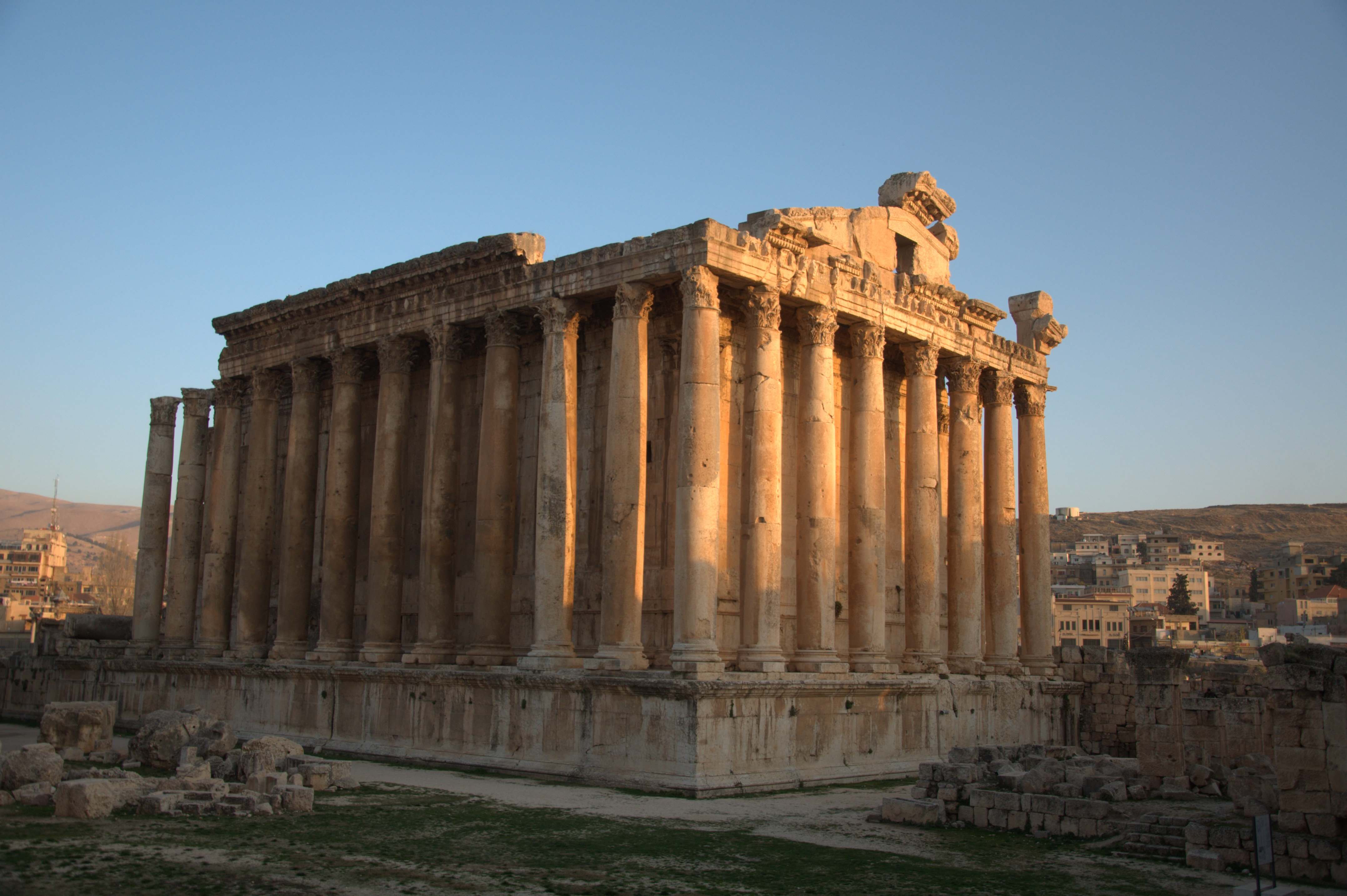
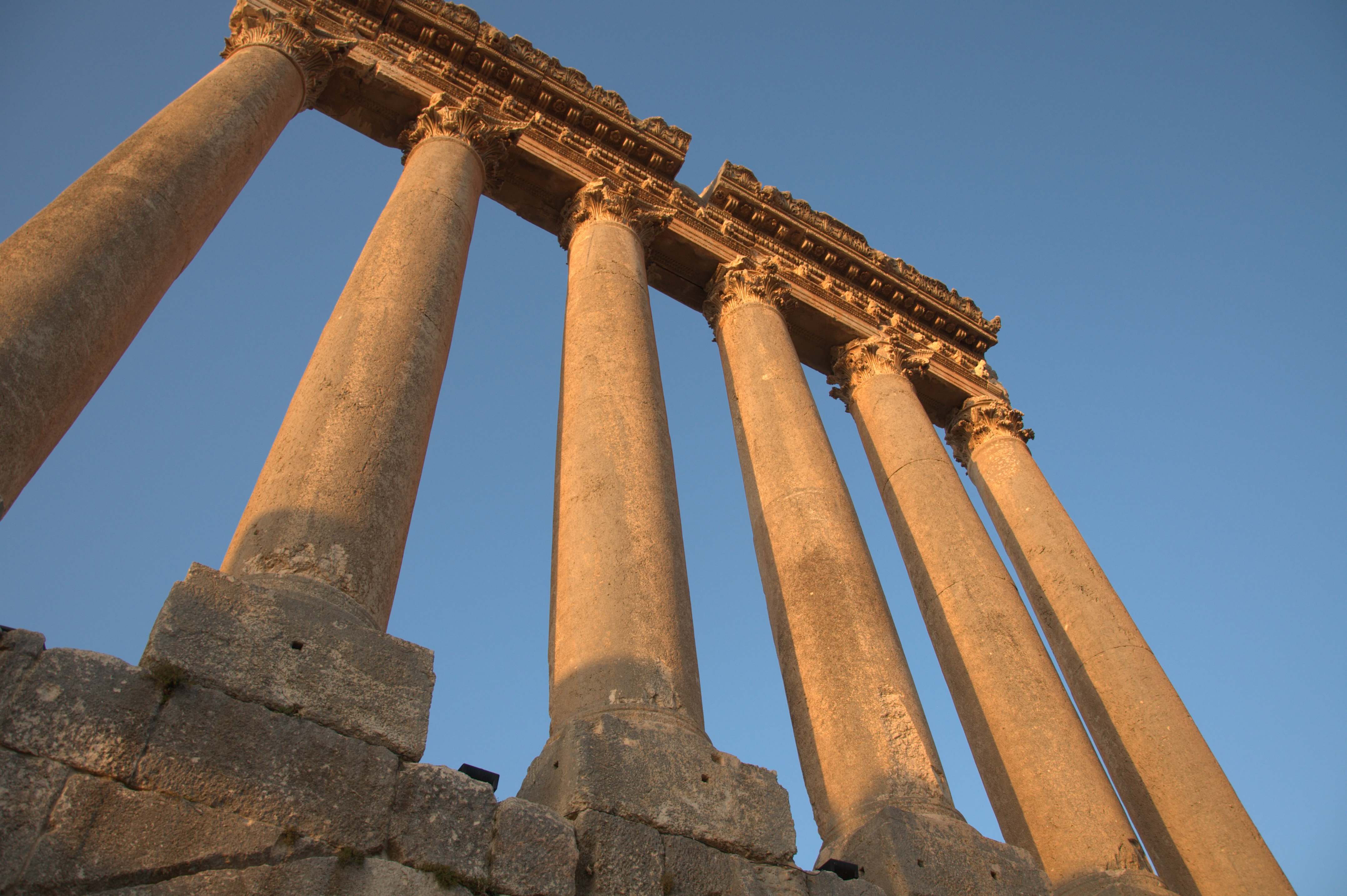
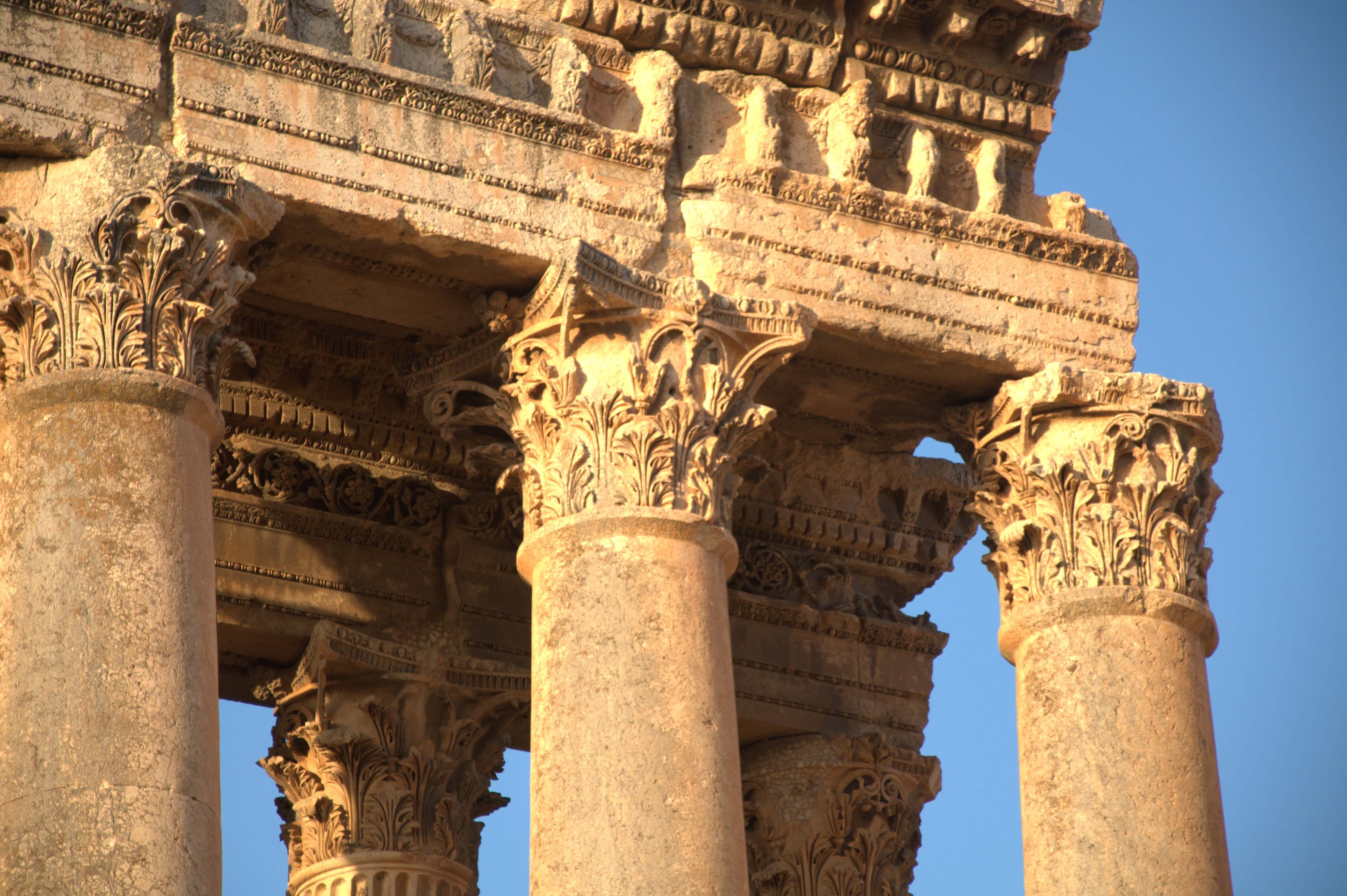
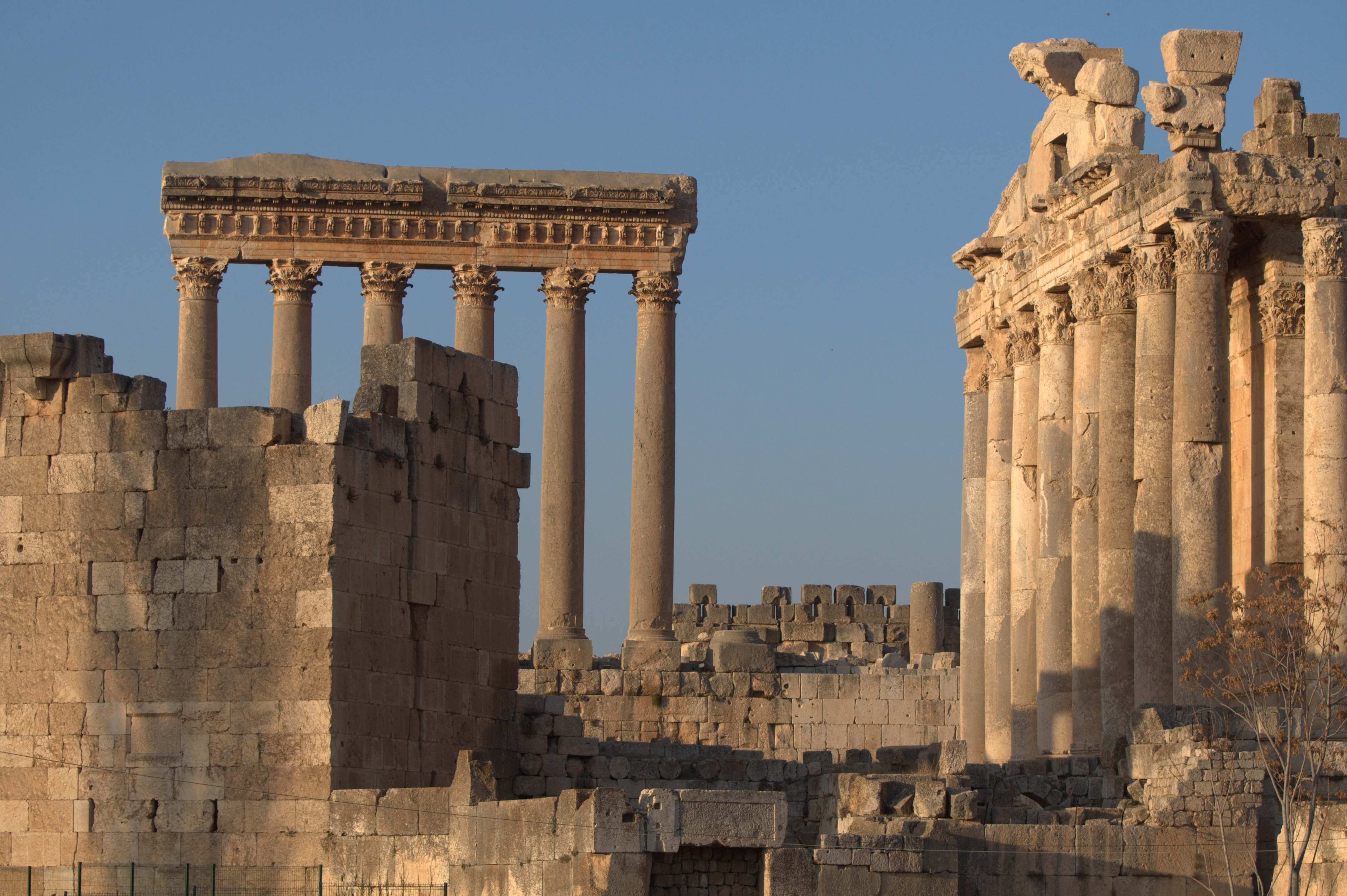
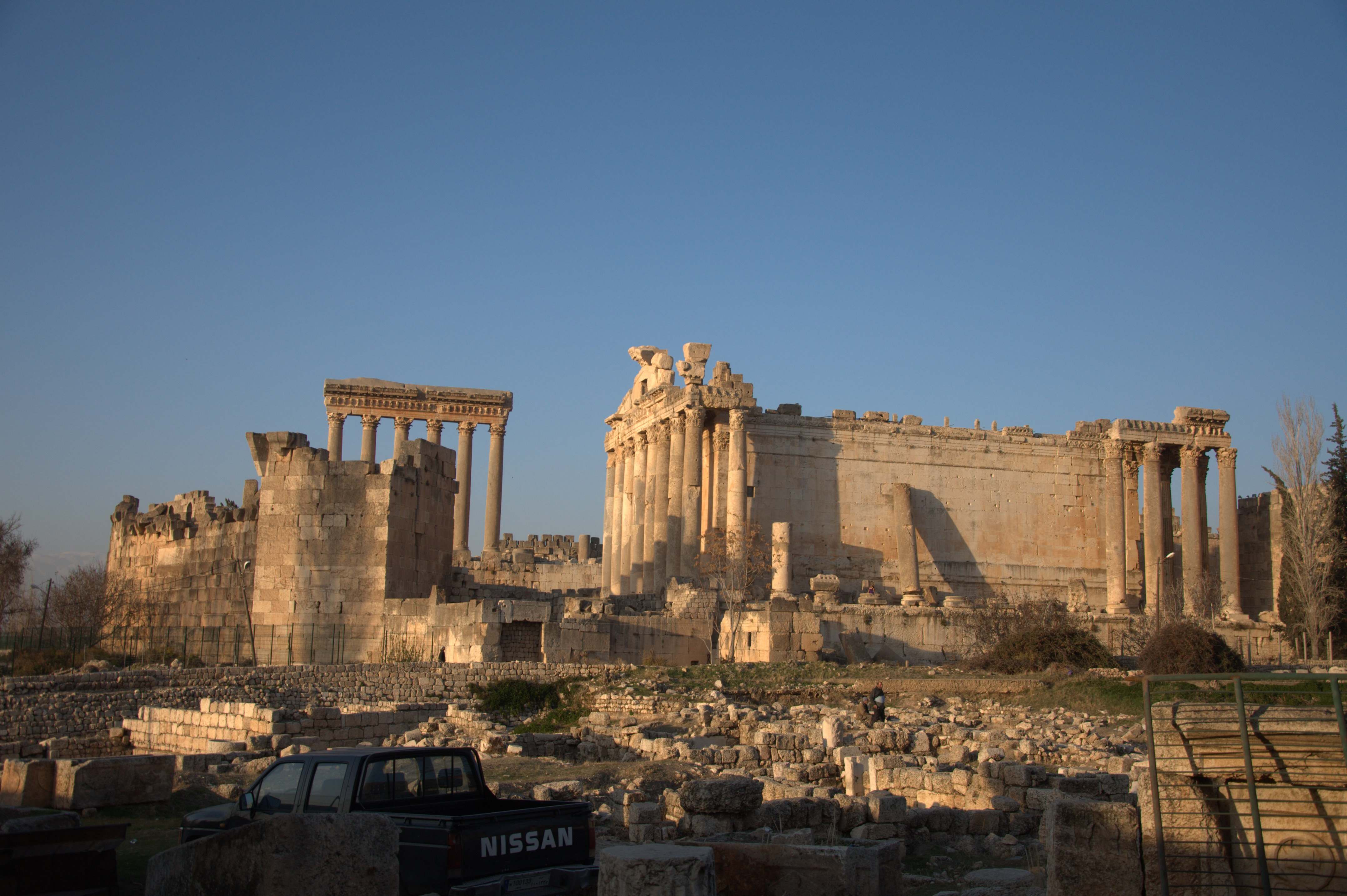
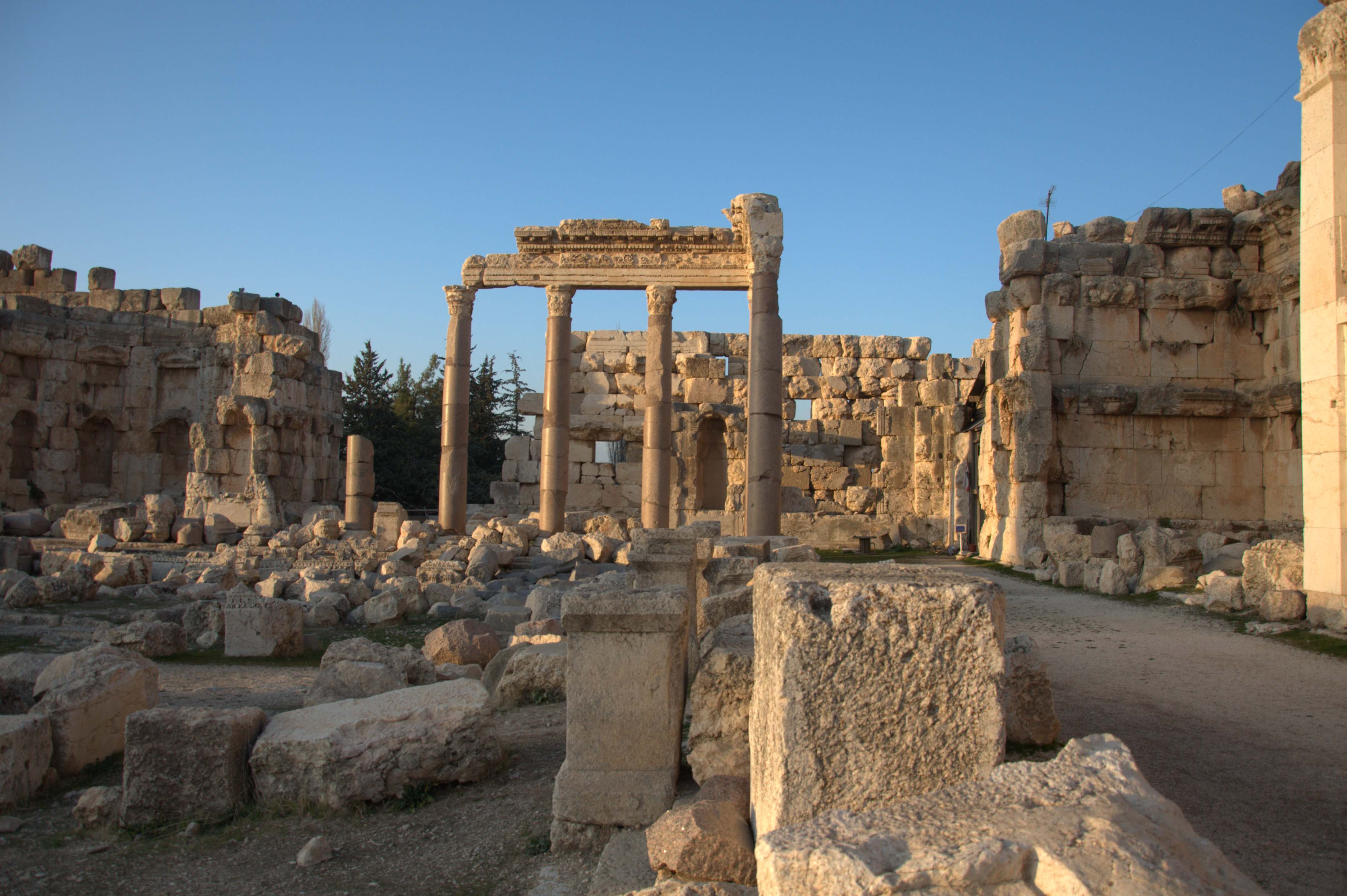
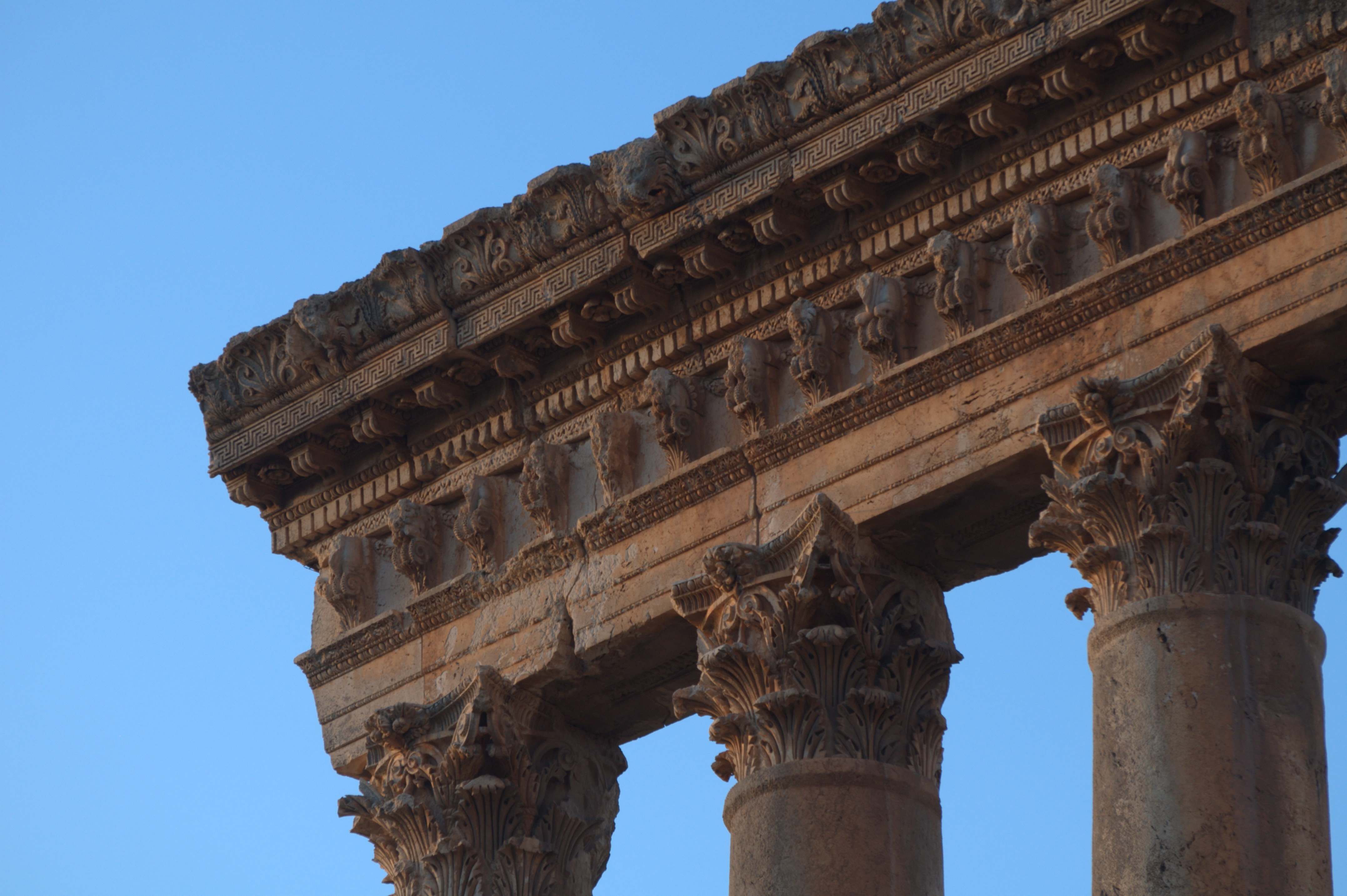
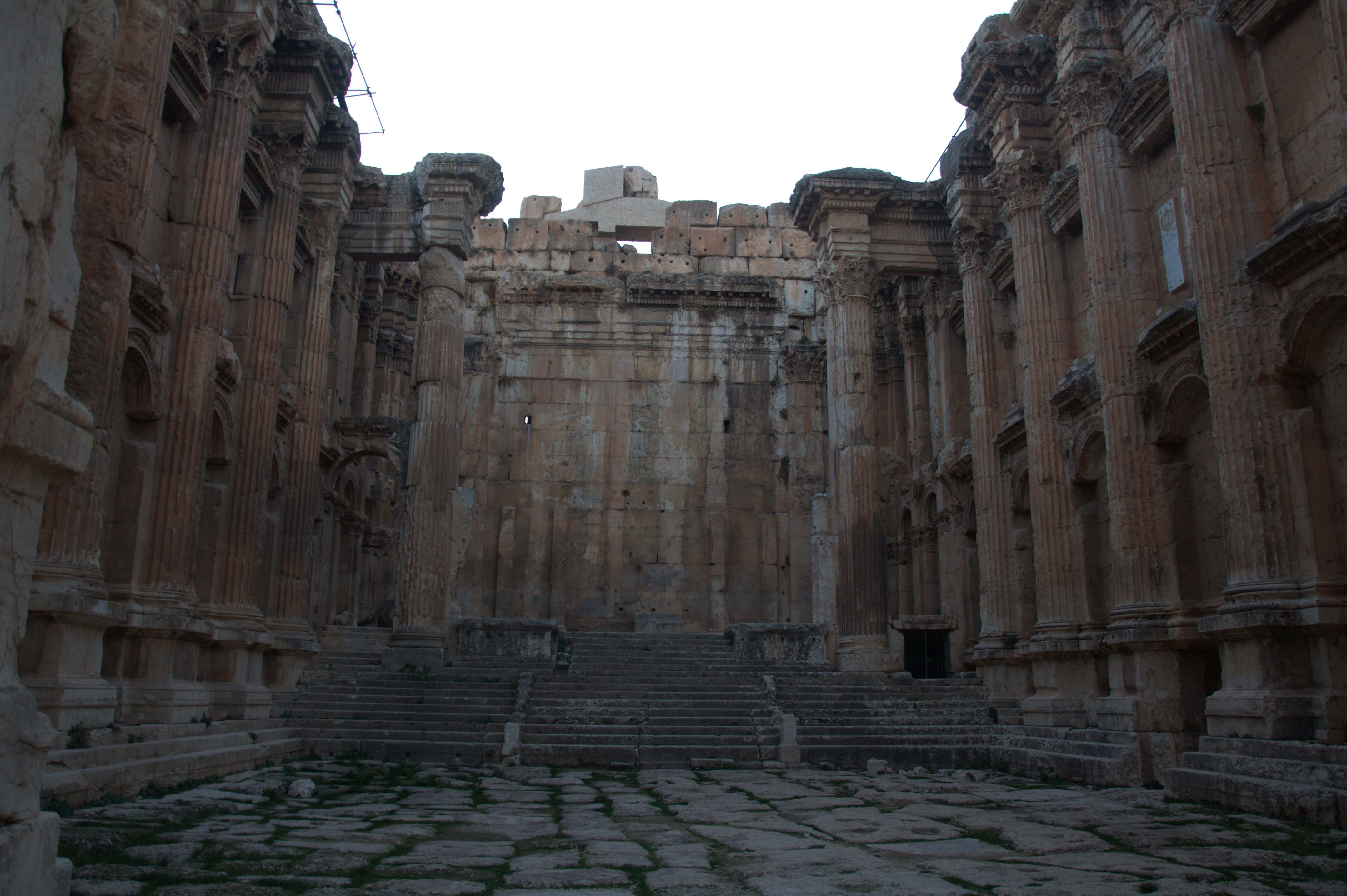
credit: Francisco Antunes
Tags: Baalbek, bekaa valley, Forgotten, heliopolis, Lebanon, Roman, Roman ruins, Ruins
Relevant Articles
Dobbins Lookout is located on South Mountain. It is one of the most recognizable mountains in Phoenix. South Mountain Park is known for its excellent hiking trails. The park is open to the public with no entrance fees The viewing area at Dobbins Lookout is at 2,330 feet; the highest public access point in the park.



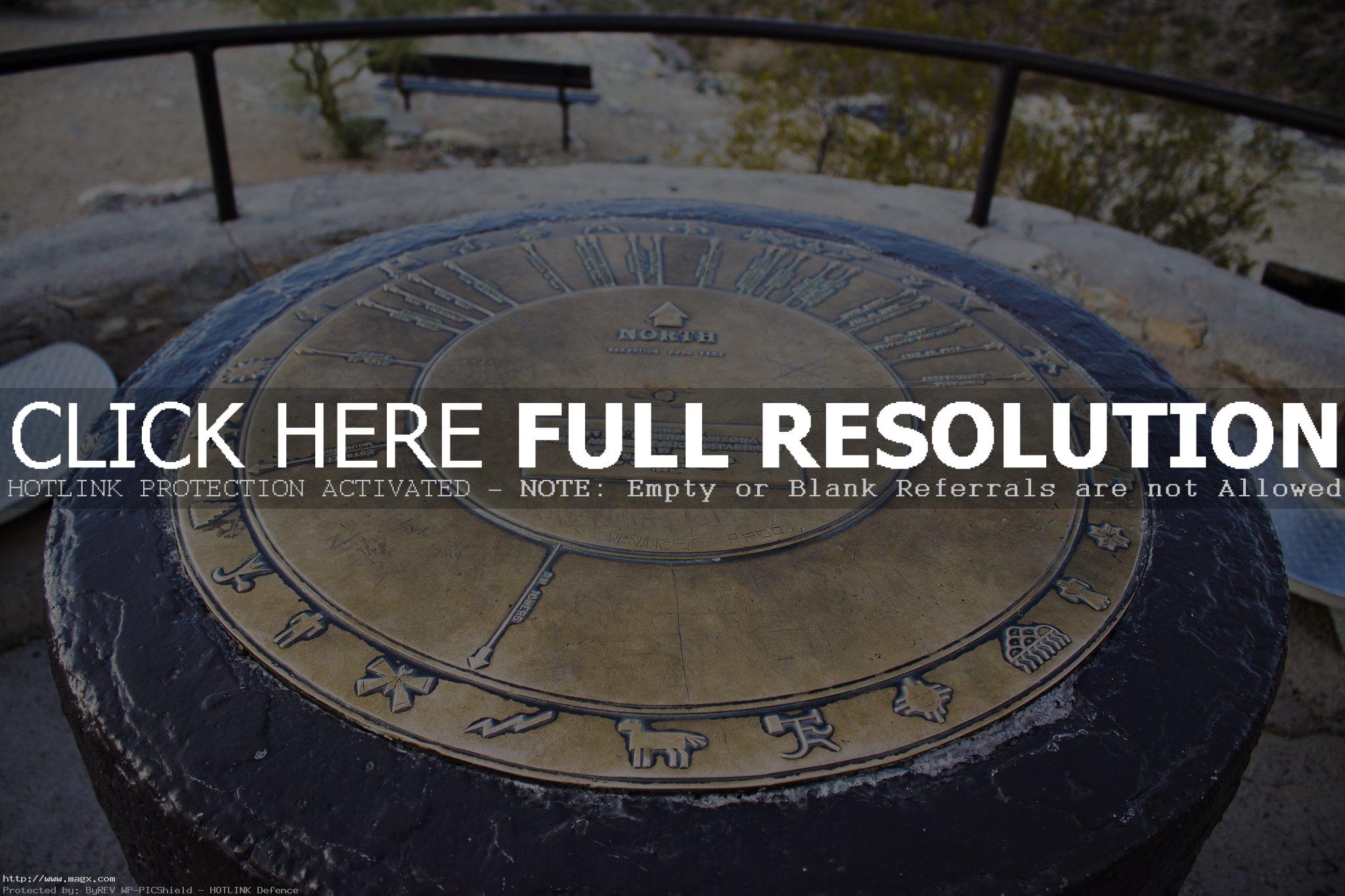


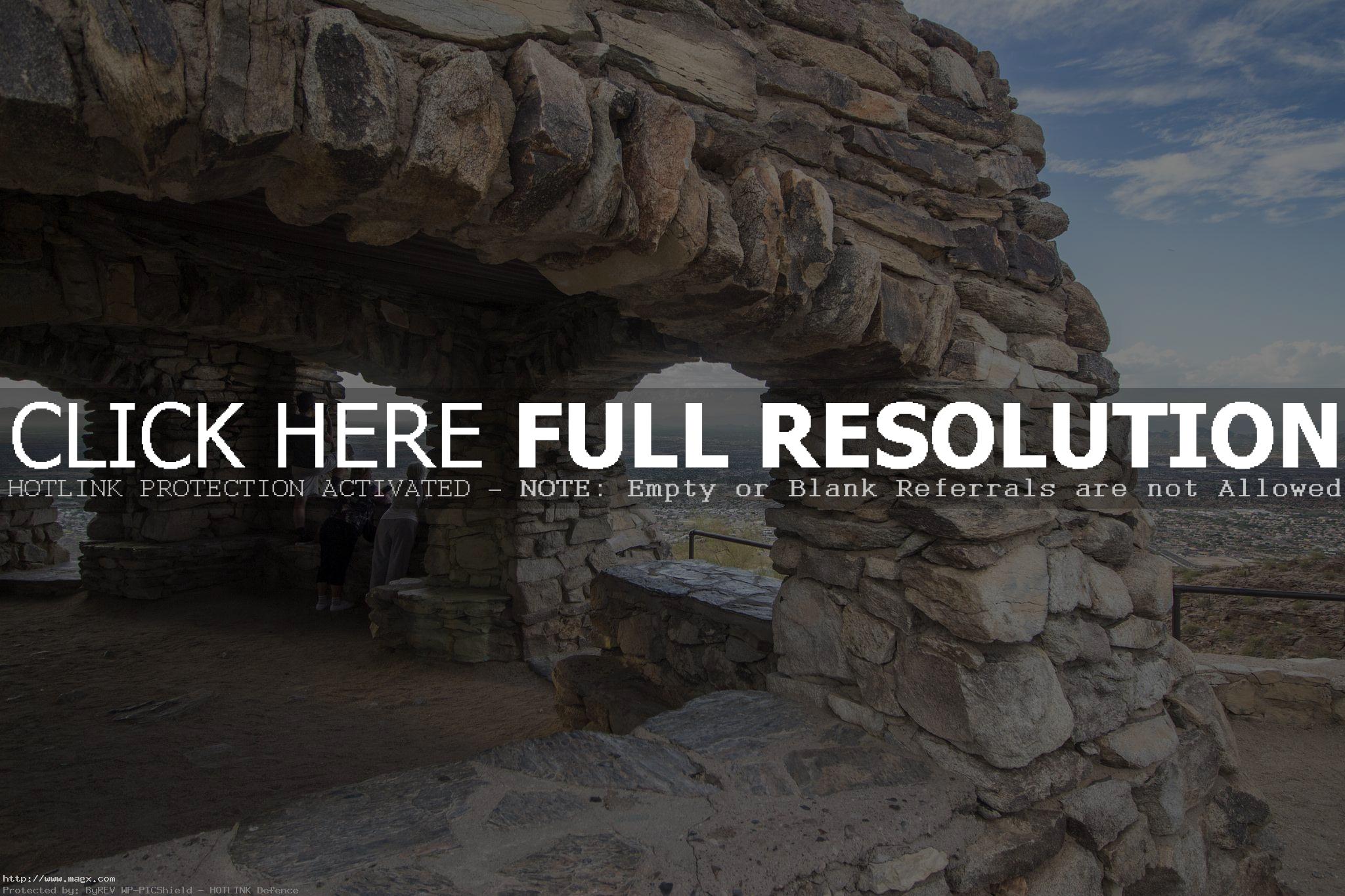
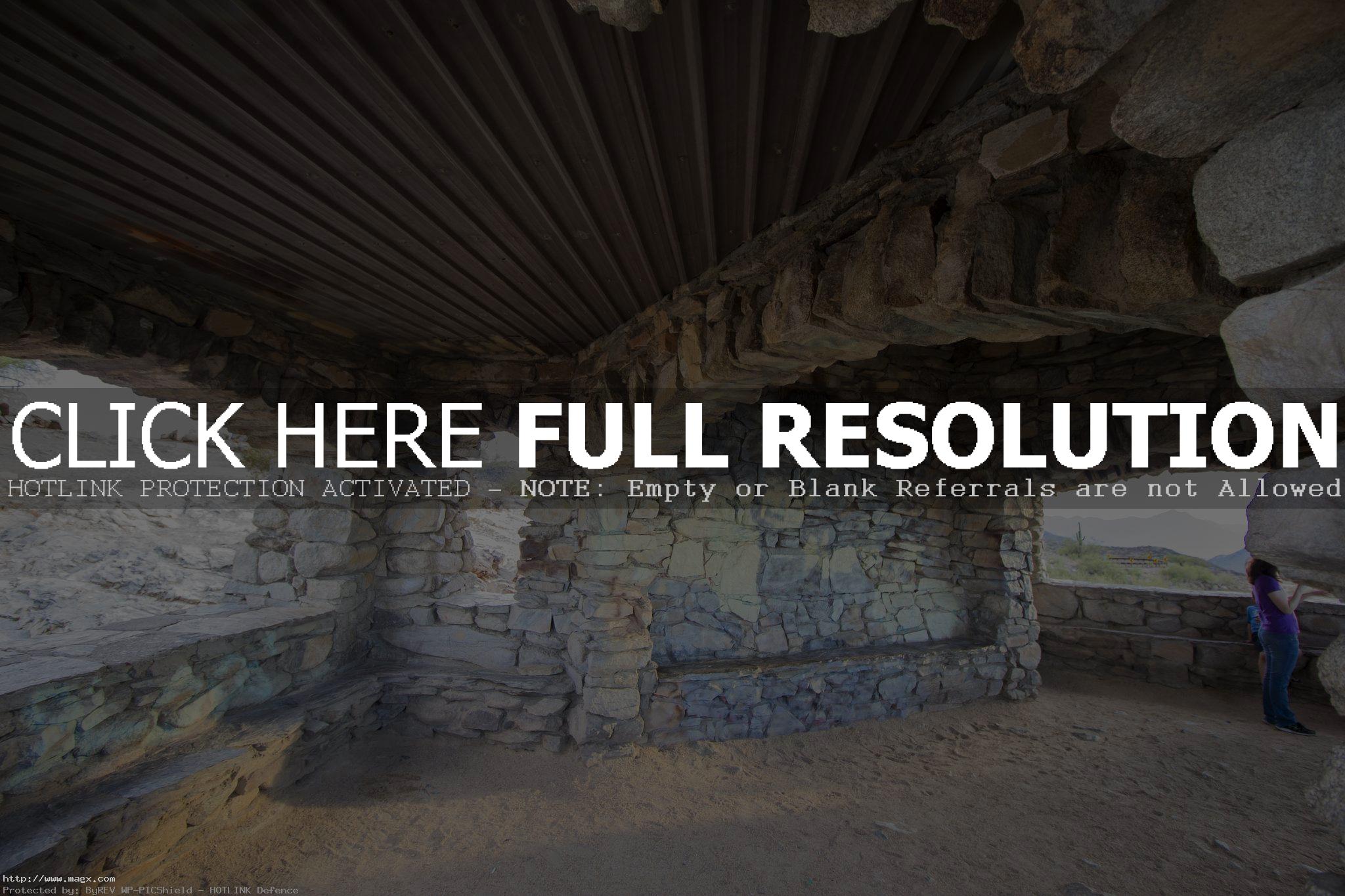
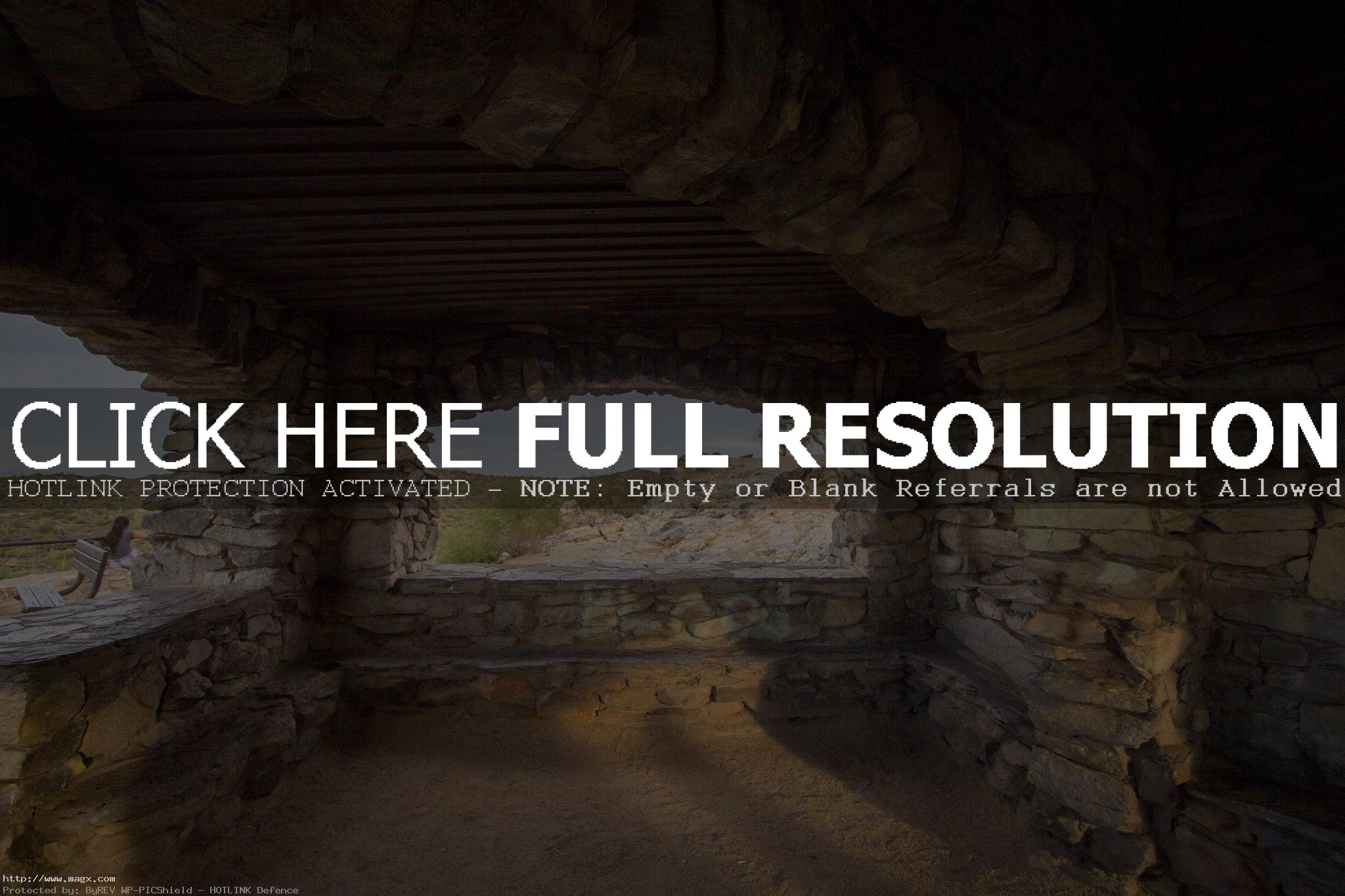
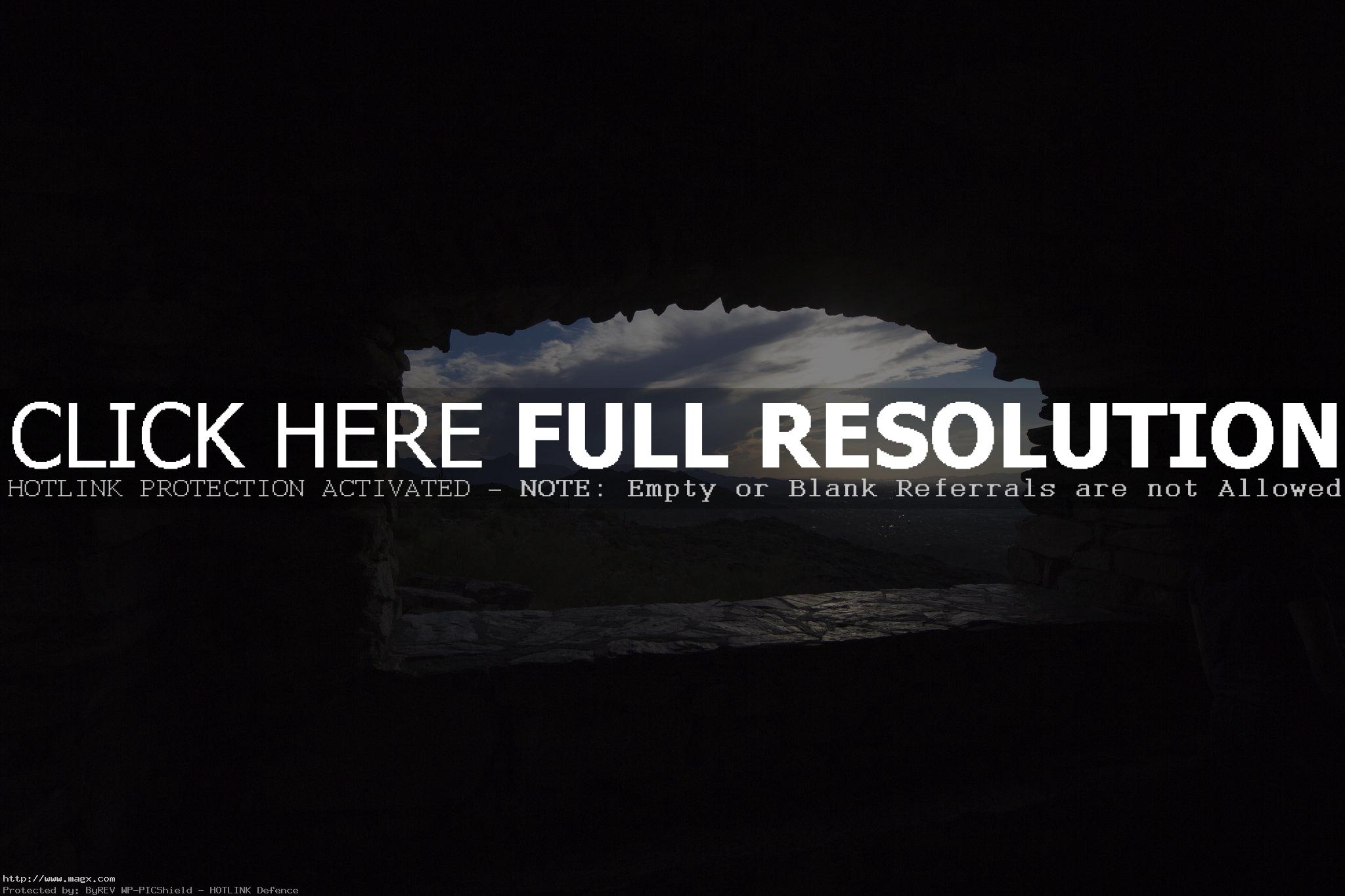


credit: etzel42
Tags: AZ, Dobbins, dobbins lookout, hiking, Lookout, Mountain, Phoenix, Ruins, Sonoran Desert, South, south mountain, trails, viewpoints
Relevant Articles
The village of Tintern is the stunning home to the spectacular ruins of a world famous Cistercian abbey and to an ancient industrial heritage. The Cistercian abbey of Tintern is one of the greatest monastic ruins of Wales. It was only the second Cistercian foundation in Britain, and the first in Wales, and was founded on 9 May 1131 by Walter de Clare, lord of Chepstow. The remains consist of nave, chancel, tower, chapel and cloister. It was partly converted into living quarters after 1541, and further adapted over the centuries. The Abbey was occupied by the Colclough family from the 16th century until 1960s.










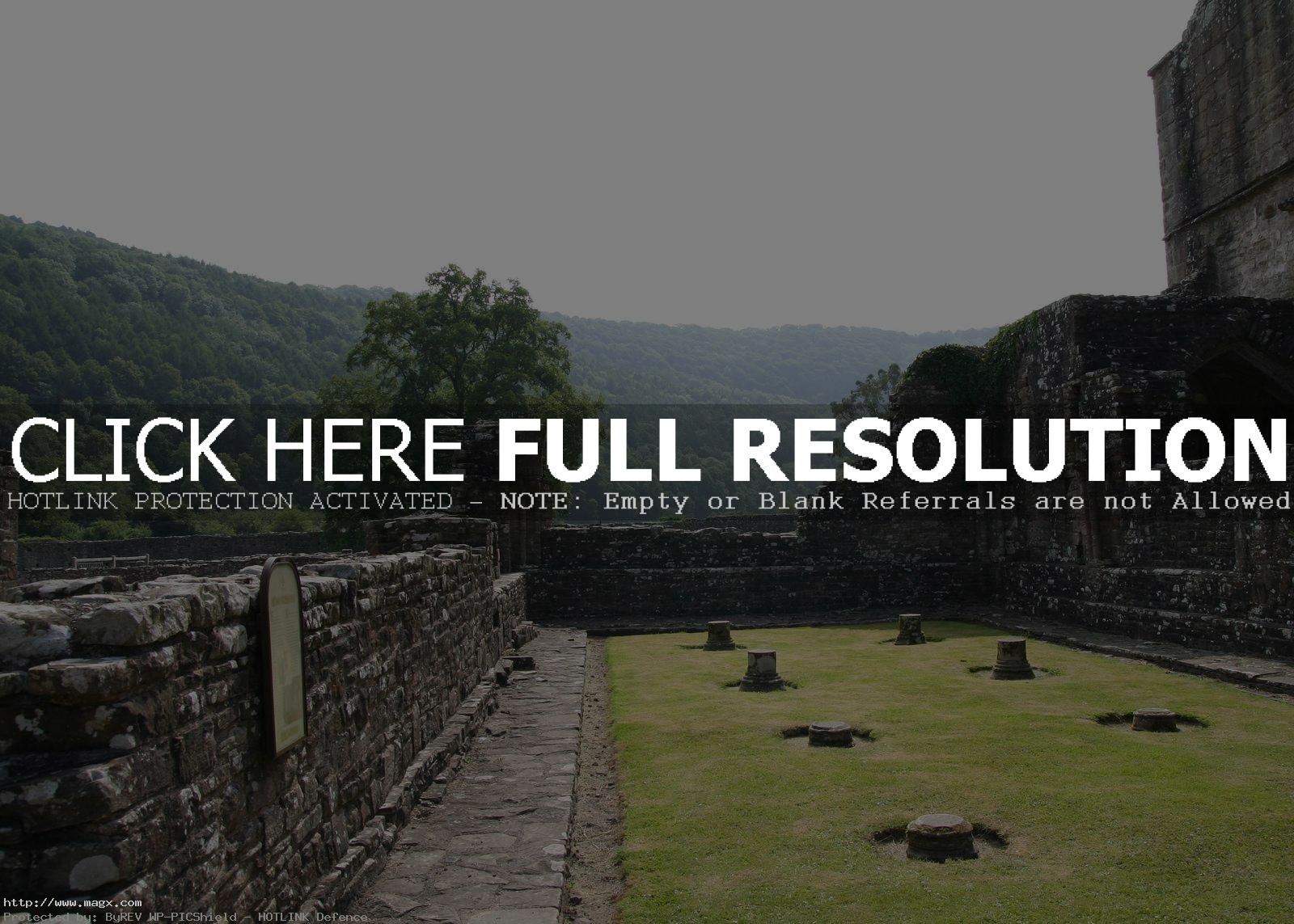
credit: KathrynW1
Tags: Abbey, Cistercian, monmouthshire, Ruins, Spectacular, Tintern, uk, Wales, Wye Valley
Relevant Articles


Tikal is a large archaeological site in the Guatemalan department of Petén. In the heart of the jungle, surrounded by lush vegetation, lies one of the major sites of Mayan civilization, inhabited from the 6th century B.C. to the 10th century A.D. The ceremonial centre contains superb temples and palaces, and public squares accessed by means of ramps. Designated a UNESCO World Heritage Site, the Tikal Mayan ruins attract curious investigators of all sorts, who come to marvel at their existence. Visitors to Guatemala will find a variety of options for Tikal excursions that can be arranged from other main tourist areas. Most Tikal excursions start from the nearby town of Flores, which serves as the hub for tours into the Petén department.








credit: MikeMurga
Tags: Flores, Mayan, Mayan civilization, peten, Ruins, Tikal, Tikal National Park, Tikal Park, UNESCO World Heritage
Relevant Articles
Chittorgarh, the garh at Chittor, is the greatest in Rajasthan, and is well worth reshuffling an itinerary to explore. Tourist destination is famous for its massive fortress claimed to be the largest amoung all the Rajput fort and has witnessed the legendary tale of Queen Padmini’s act of jauhar that fascinates most historians and travellers. The guide said there are total 113 temples inside the fort apart from palaces and monuments.

Ruins at Chittorgarh

Temple of sati-resister and legendary devotee of Lord Krishna, Mirabai

Jain Kirti Stambh and Mandir
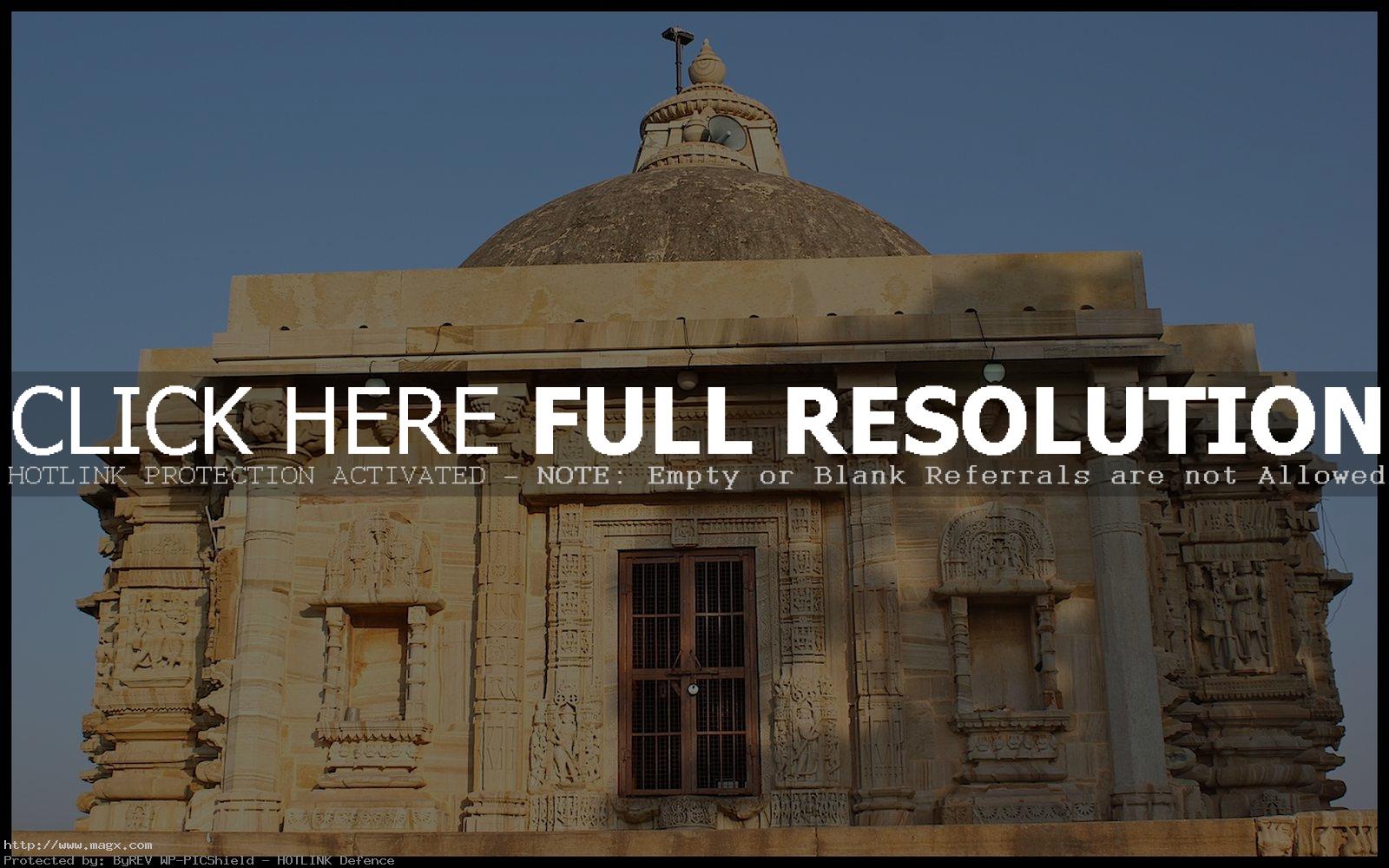
Jain temple with a dome

Vijay Stambh

Hindu temple in Indo-Aryan style

Kirti Stambha
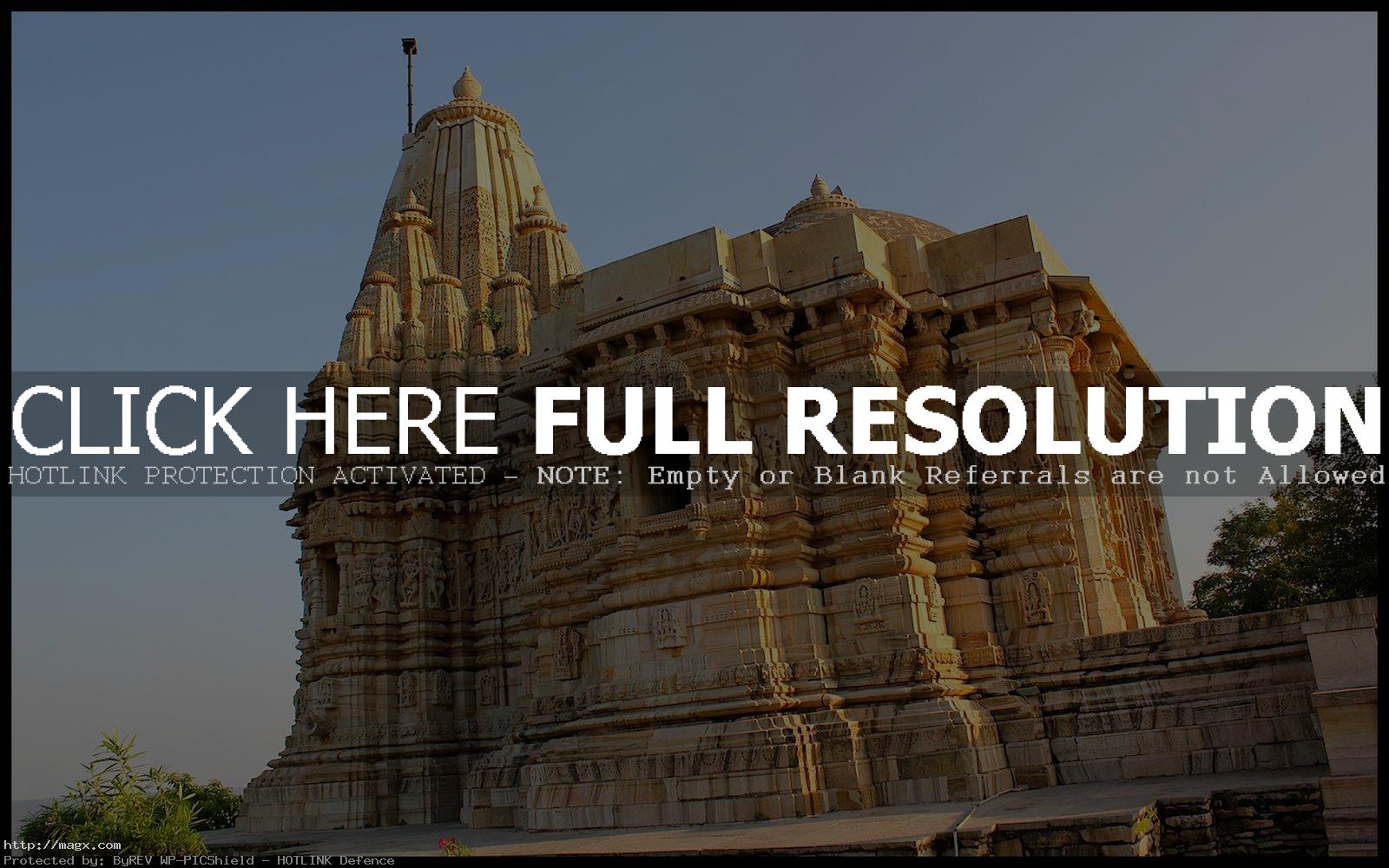
Jain temple basks

Intricate Jain carvings on Kirti Stambha
credit: Nagarjun
Tags: Chittor, Chittorgarh, chittorgarh-fort, India, Mewar dynasty, Rajasthan, Ruins, Sisodia dynasty
Relevant Articles
Hampi is one of the UNESCO World Heritage Sites in India located near Hospet town in the Karnataka state. The buildings in the city are mostly built in the original native traditions of southern India, associated with the Hindu religion. Among them are beautiful temples, basements of palaces, remains of aquatic structures, ancient market streets, royal pavilions, bastions, royal platforms, treasury buildings. Hampi covers an area of nearly 26 sq km and is stated to be enclosed by seven lines of fortifications.

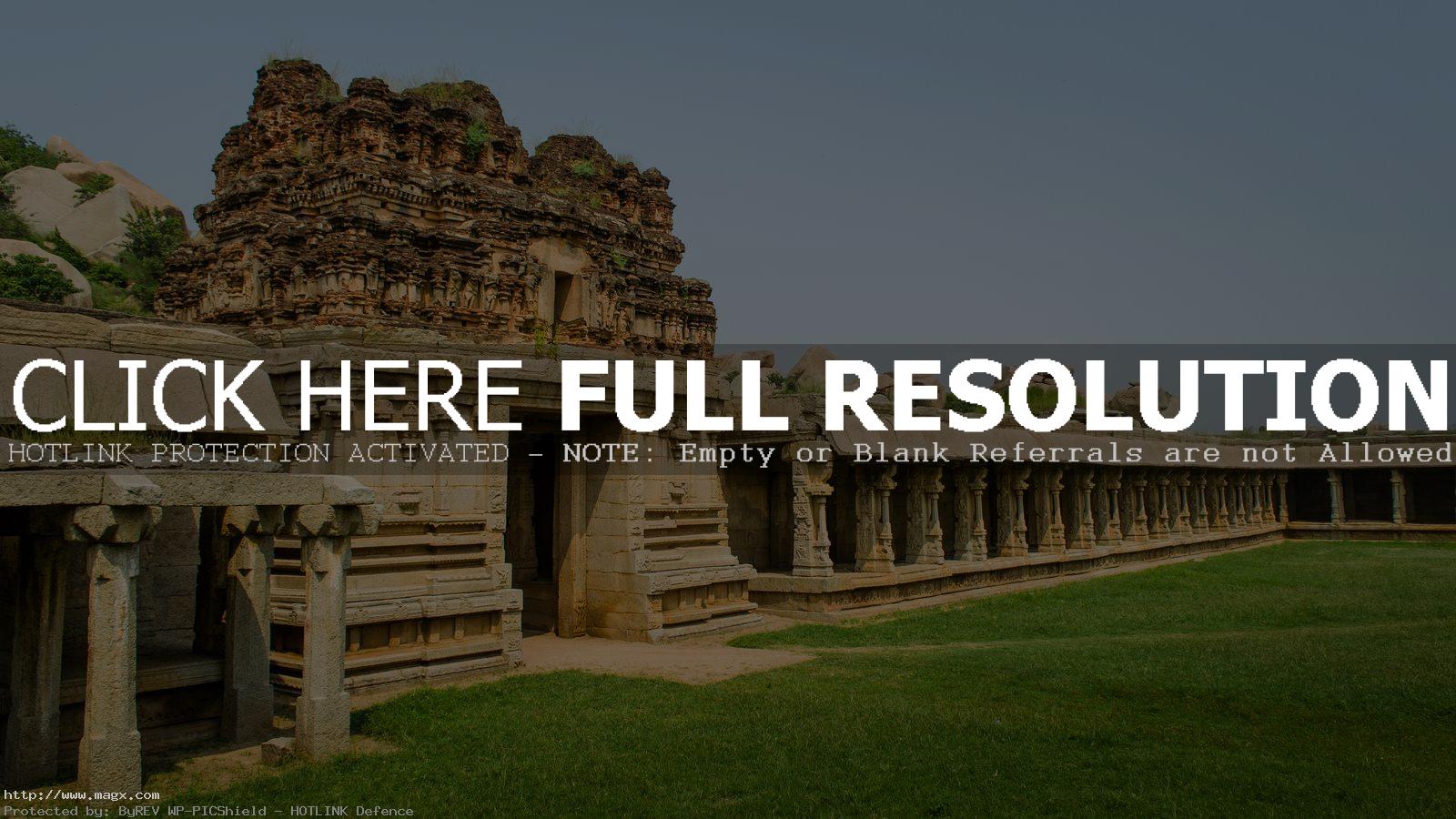

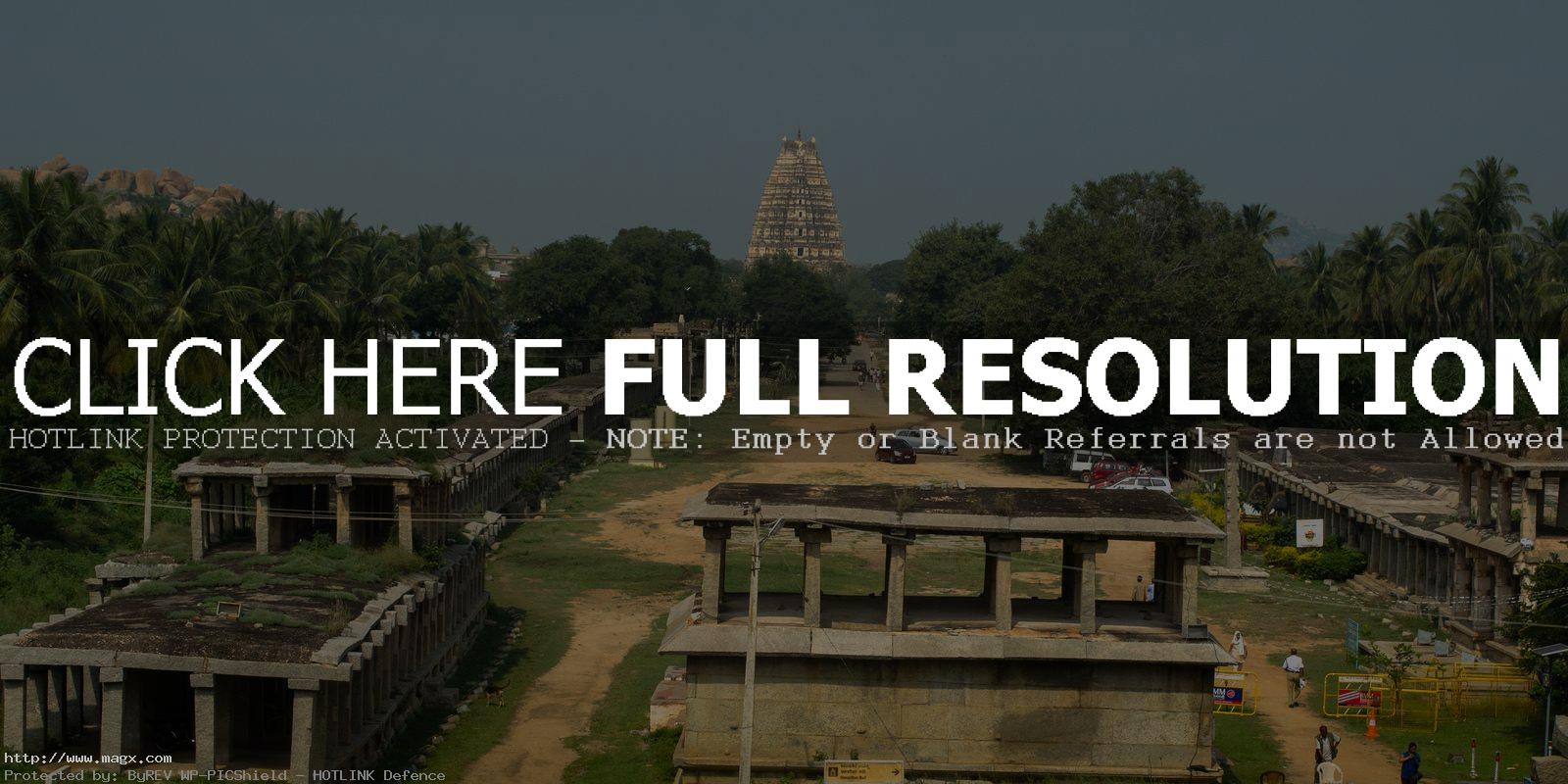
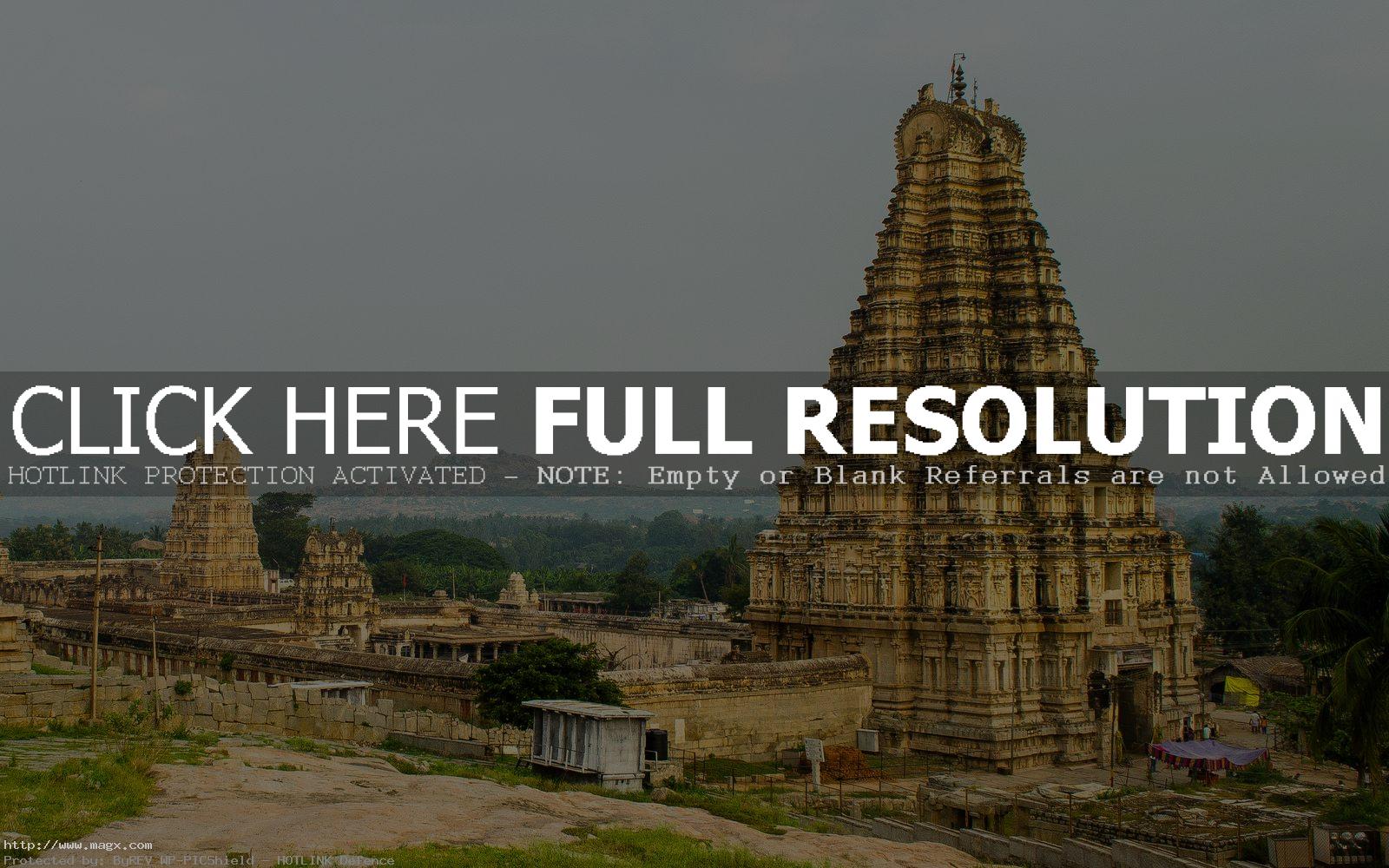
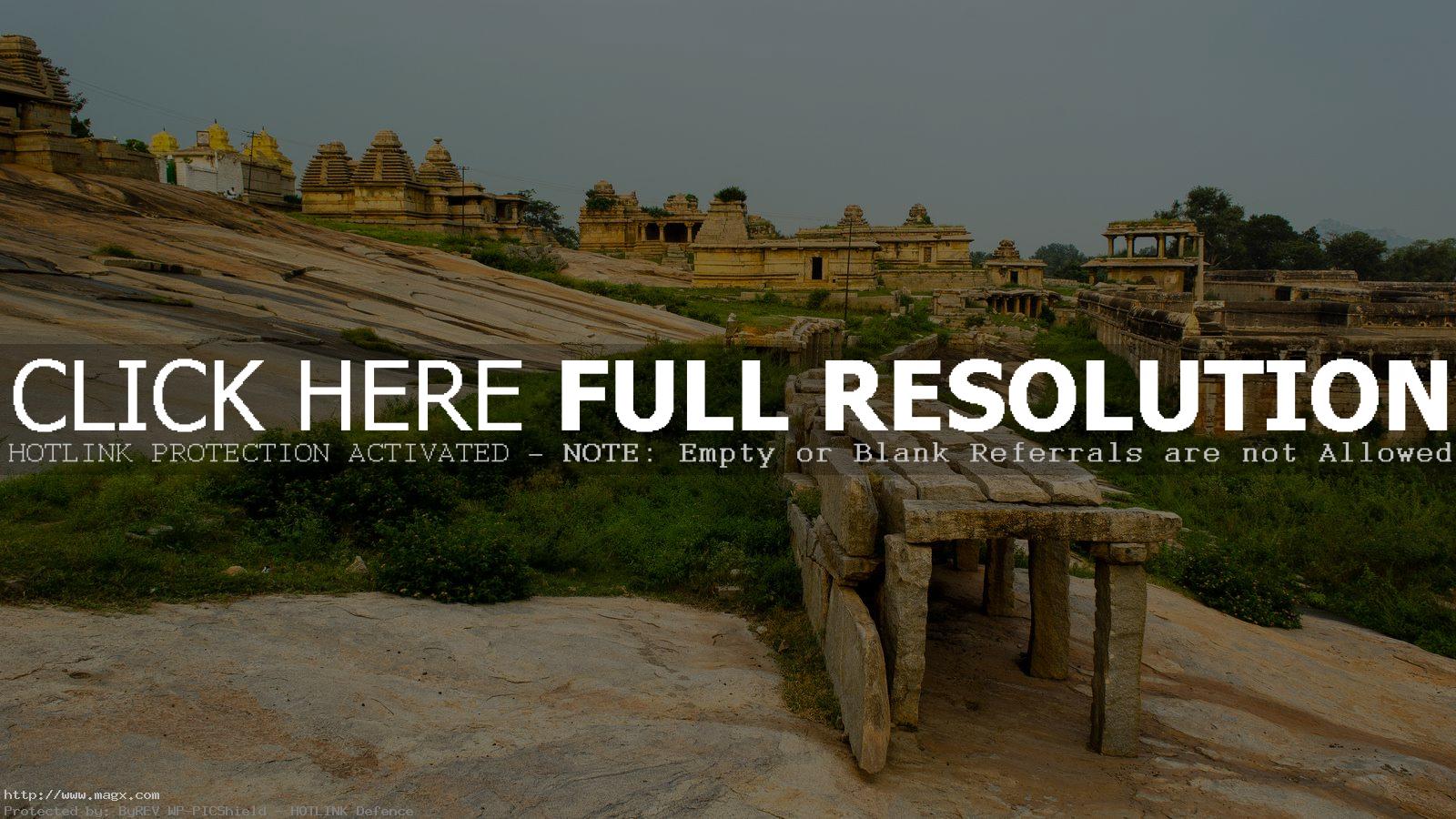

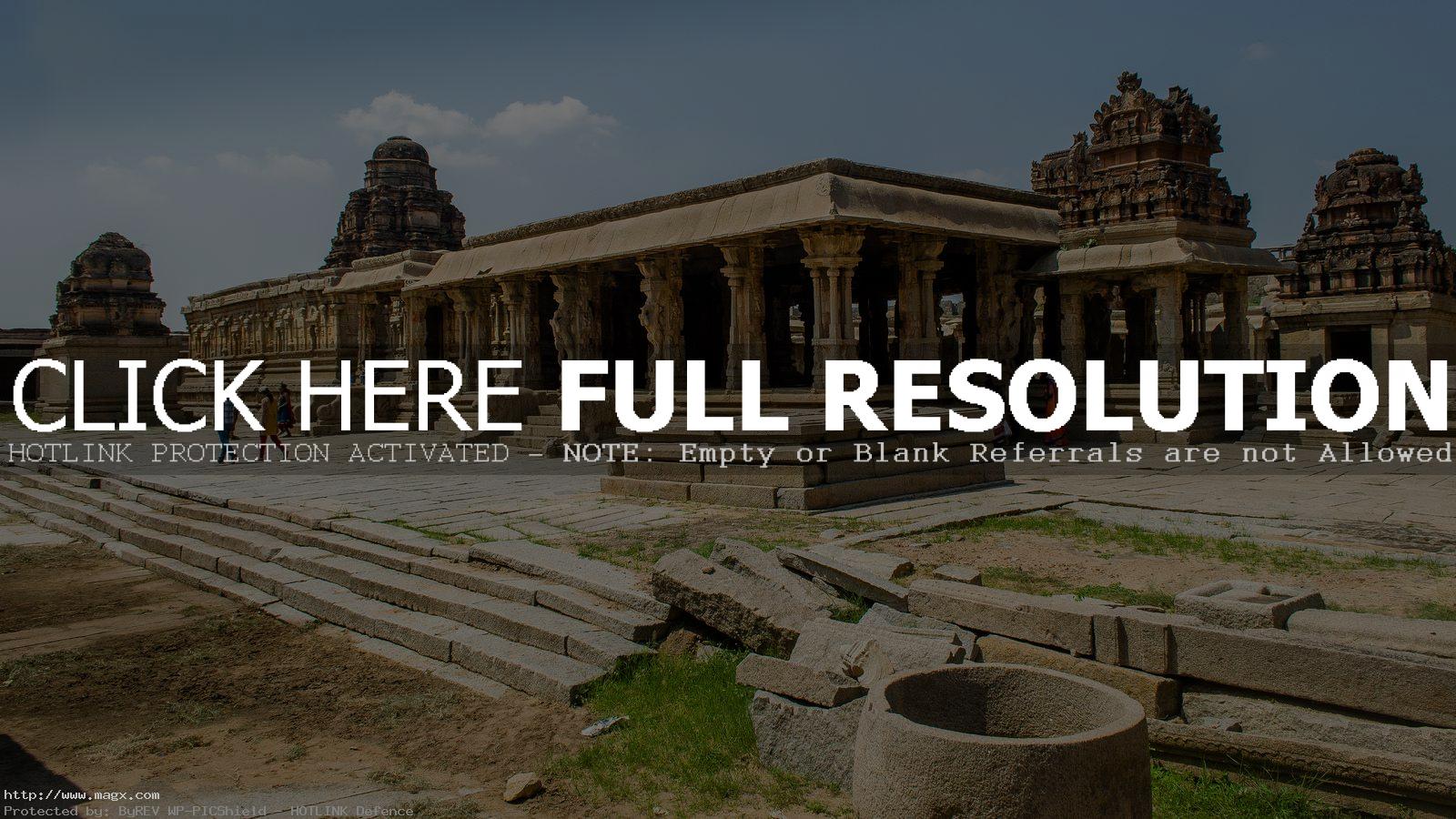


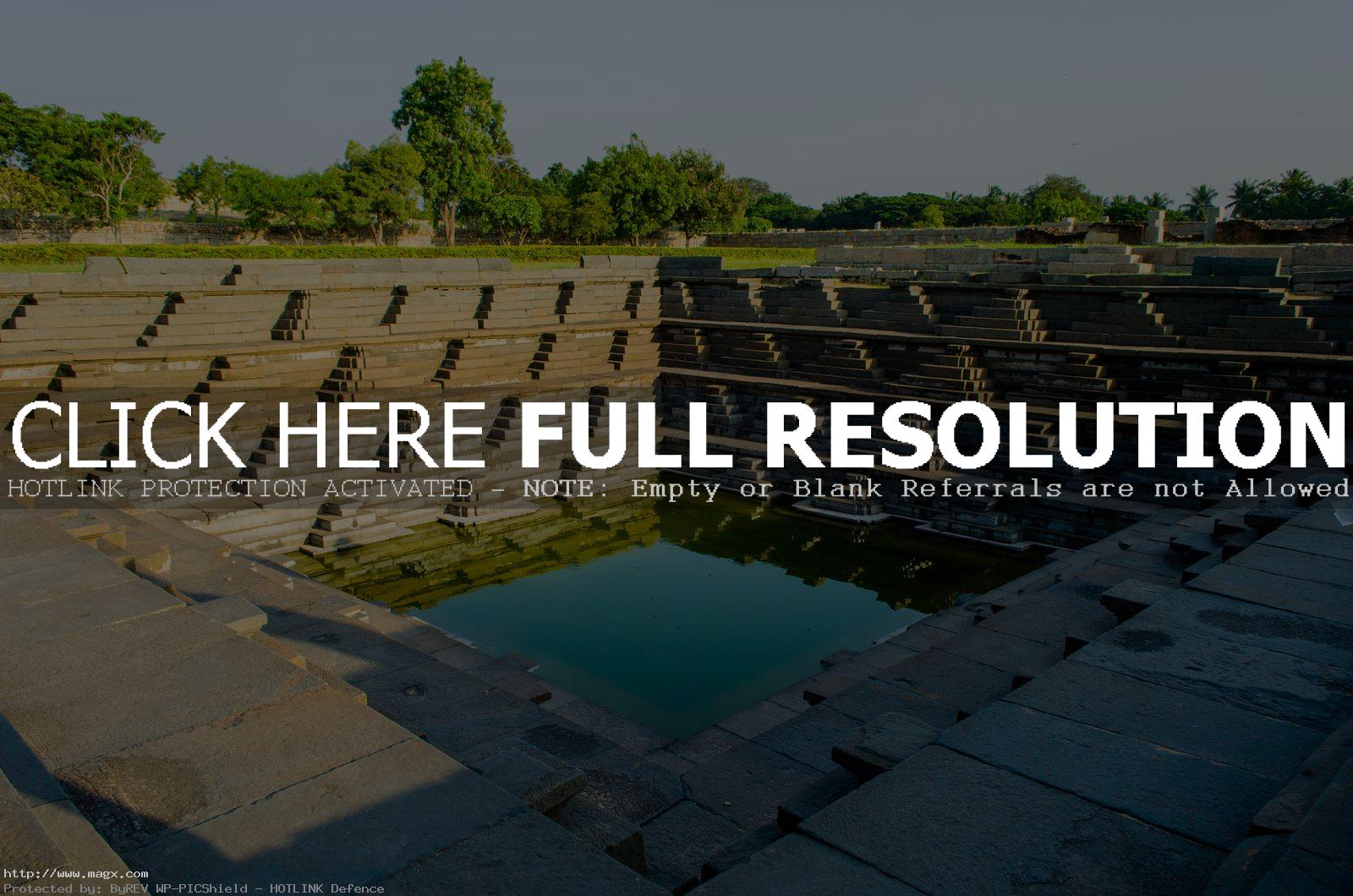
credit: Hakris
Tags: Hampi, hampi india, Heritage, Hindu religion, India, monuments, Ruins, UNESCO, UNESCO World Heritage, Vijayanagara, world
Relevant Articles









 Forgotten Ancient City of Mintur...
Forgotten Ancient City of Mintur... Palmyra before Isis Captured the...
Palmyra before Isis Captured the... Ancient Roman Baths in Bath, Eng...
Ancient Roman Baths in Bath, Eng... Roman Colosseum – Historic...
Roman Colosseum – Historic... Ruins of Hampi, India – UN...
Ruins of Hampi, India – UN... Tsavo East National Park in East...
Tsavo East National Park in East... Spectacular Ruins of Tintern Abb...
Spectacular Ruins of Tintern Abb... Ephesus – Exploring Ancien...
Ephesus – Exploring Ancien...












 John Barrowman at Phoenix ComicC...
John Barrowman at Phoenix ComicC... ACS Mountain Trek 2013 – H...
ACS Mountain Trek 2013 – H... Byodoin Temple Buddhist Pure Lan...
Byodoin Temple Buddhist Pure Lan... Best Wallpapers of Patagonia, So...
Best Wallpapers of Patagonia, So... Brasstown Bald – The Highe...
Brasstown Bald – The Highe... Panticosa Surrounded by Majestic...
Panticosa Surrounded by Majestic... Hiking in Mount Roraima
Hiking in Mount Roraima Algonquin and Arrowhead Ontario ...
Algonquin and Arrowhead Ontario ...











 Ruins at Chittorgarh, India
Ruins at Chittorgarh, India Baalbek – Forgotten Roman...
Baalbek – Forgotten Roman... Spectacular Mesa Verde National ...
Spectacular Mesa Verde National ... Tikal – Mayan Ruins
Tikal – Mayan Ruins Spectacular Browns Canyon
Spectacular Browns Canyon Spectacular Kuwana Winter Light ...
Spectacular Kuwana Winter Light ... The Spectacular Zion National Pa...
The Spectacular Zion National Pa...








 Paradise in Semuc Champey, Guate...
Paradise in Semuc Champey, Guate... Archaeological Sites of Meroe
Archaeological Sites of Meroe White Night Melbourne 2014
White Night Melbourne 2014 Tazumal – Pre-Columbian Ma...
Tazumal – Pre-Columbian Ma...









 Chand Baori – One of the ...
Chand Baori – One of the ... Magnificent Humayuns Tomb, Delhi...
Magnificent Humayuns Tomb, Delhi... Natural Bridges National Monumen...
Natural Bridges National Monumen...











 Halong Bay – UNESCO World ...
Halong Bay – UNESCO World ... Top Attractions in Yogyakarta, J...
Top Attractions in Yogyakarta, J... Hiroshima Peace Park, Japan
Hiroshima Peace Park, Japan